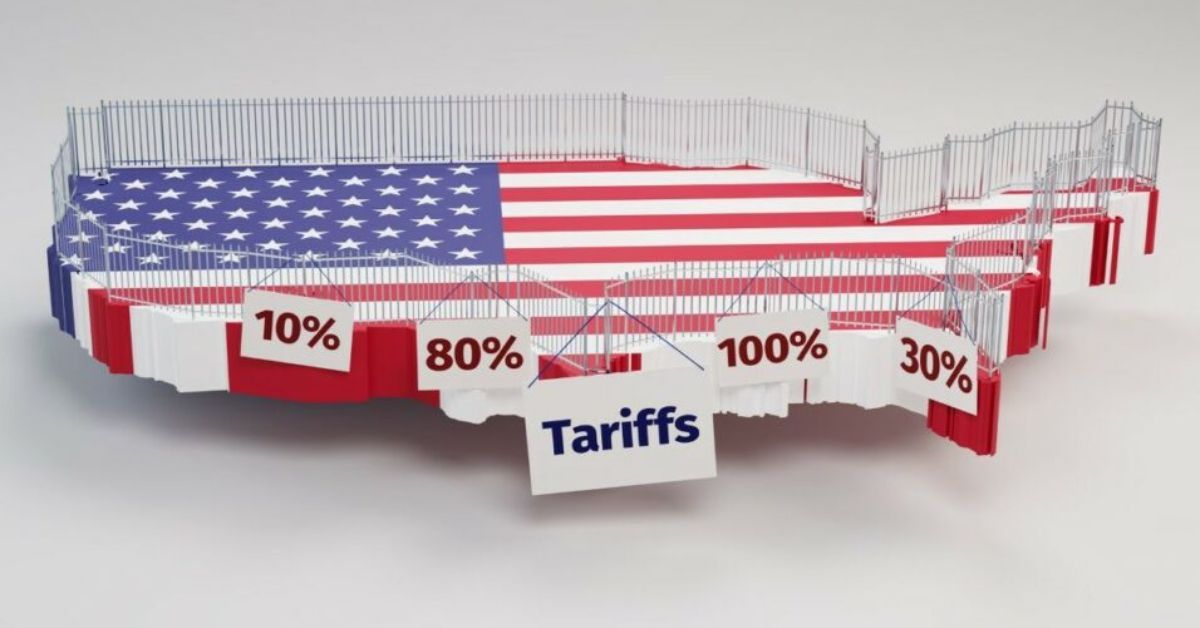The Budget FY26 contains a preemptive strategy to deflect the threat of tariff increase by the US, its second largest trading partner with which it has a significant trade surplus. However, sources said the Trump administration might still follow through its tariff moves, which started with the targetting of Canada, Mexico and China, and slap duties on certain imports from India in the coming days, notably steel and aluminum products and pharmaceuticals.
India is, however, prepared to deal with the US plans in keeping with the principle of rules of fair trade, and bearing national interests in mind. It is unclear the US moves, if any, will precede the scheduled visit of prime minister Narendra Modi to the US later this month or the US will wait for the outcome of likely negotiations on the trade front during the visit.
The US is the biggest foreign market for Indian pharmaceutical producers with a total share of 38.8% in the medicines imported by the country. In April-November India exported drug formulations worth $ 5.8 billion to the US, and shipments of steel and aluminium products to the country stood at $ 2.3 billion and $ 516 million respectively.
Hours before the long-anticipated trade war got underway, India utilised its budget exercise to adjust certain duties and blunt the severity of any such actions directed against India by the Trump administration. To get rid of the tag of “tariff king” and “biggest tariff abuser” that Trump the budget scrapped the import duty slabs of over 70% on the most favoured nation (MFN) basis. The tariff rates of 150%, 125% and 100% no longer exist on the tariff schedule. Adjustments were also made in other duty slabs. Other slabs that will no longer exist are 25%, 30%, 35% and 40% The tariff rates of 25%, 30%, 35% and 40% are being reduced to 20% while products attracting duty of 100%, 125% and 150% will now be taxed at 70%.
Addressing his Republican house members in Florida a few days ago, Trump had said that in the very near future, he was are going to be placing tariffs on foreign production of computer chips, semiconductors and pharmaceuticals to return production of these essential goods to the US. “China is a tremendous tariff maker, and India and Brazil and so many other countries. So we’re not going to let that happen any longer because we’re going to put America first,” he said then.
To be sure, adjustments carried out in the budget have resulted in reduction of import taxes on some of the most important items of export interest to the US like high-capacity motorcycles. Trump had repeatedly pointed to high duties India imposes on Harley Davidson motorcycles manufactured in the US. India has reduced tariffs on motorcycles based on engine capacity in the budget for 2025-26.
For motorcycles with an engine capacity below 1,600cc, the tariff has been cut from 50% to 40%, while for motorcycles above 1,600cc, the tariff has been slashed from 50% to 30%. US motorcycle exports to India stood at $3 million in FY2024, and this tariff cut could help expand market access for American manufacturers.
Additionally, India has eliminated tariffs on specific waste and scrap items, reducing duties from 5% to zero. The US exported a total of $2.5 billion worth of waste and scrap of all types to India in FY2024.
Another notable tariff cut affects Ethernet Switches (Carrier-Grade) under the ‘others’ category, where duties have been reduced from 20% to 10%. The U.S. exported $653.4 million worth of these products to India in FY2024, making this a significant trade benefit. Similarly, India has lowered the tariff on synthetic flavoring essences from 100% to 20%, a category in which U.S. exports stood at $21 million in FY2024.
In the space sector, tariffs on ground installation for satellites, including spares and consumables, have been reduced to zero, benefiting American exporters who supplied $92 million worth of these products in FY2023. However, in FY2024, imports dropped significantly to $0.07 million, suggesting a sharp decline in trade activity in this category. Among the key tariff reductions, India lowered the duty on fish hydrolysate for the manufacture of aquatic feed from 15% to 5%, a move that directly impacts U.S. exports, which amounted to $35 million in FY2024.







